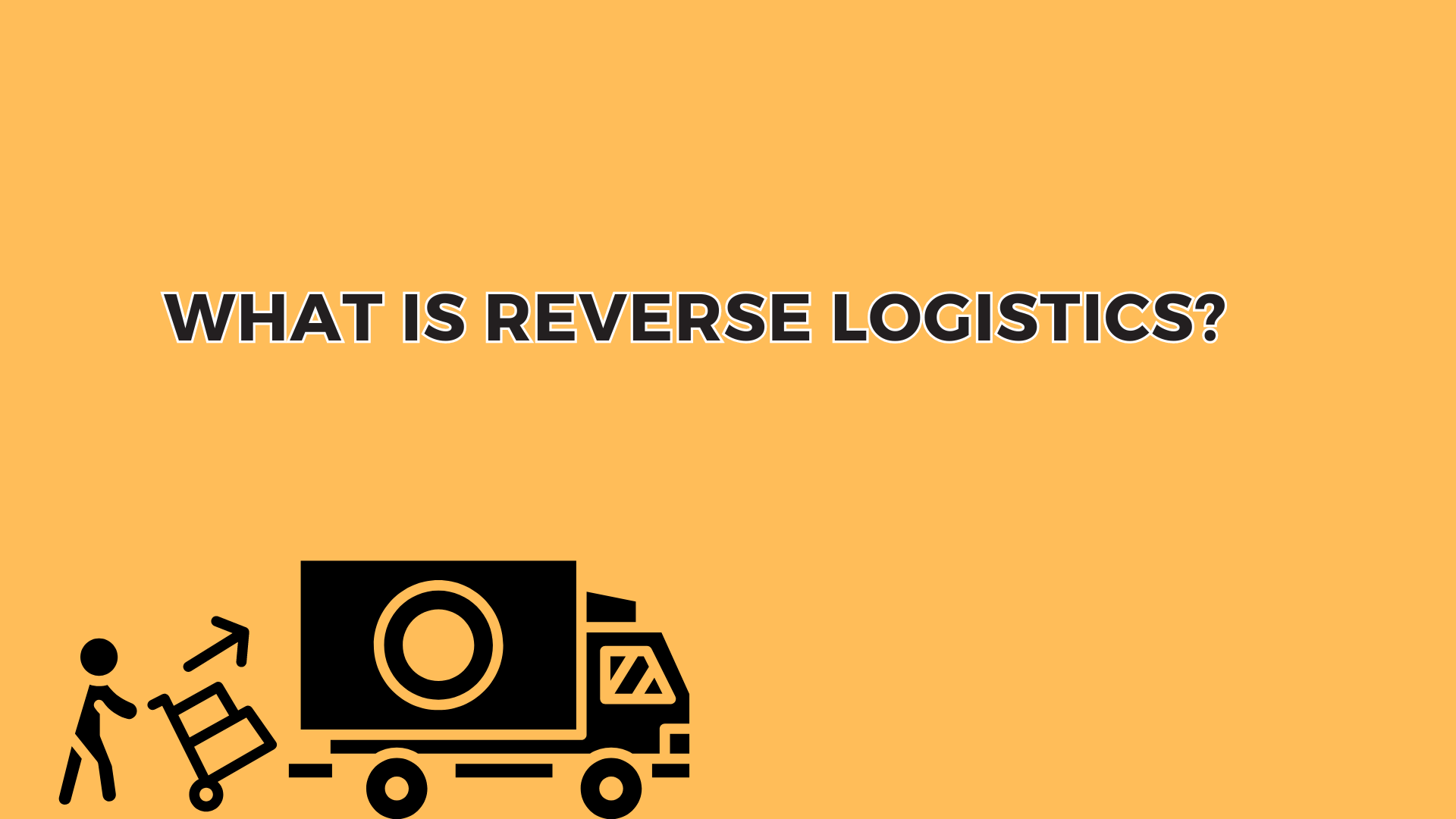While traditional logistics focuses on the movement of products from manufacturers to consumers, reverse logistics deals with the flow of goods in the opposite direction—back from the end consumer to the manufacturer or point of origin. Let’s delve deeper into what reverse logistics entails, why it’s important, and how it works.
What is Reverse Logistics?
Reverse logistics encompasses all activities associated with the return, exchange, repair, or disposal of products after they have been sold to the end consumer. This includes product returns due to defects, damages, or simply because the customer changed their mind. It also involves the recycling or proper disposal of goods, especially in industries with environmental considerations.
Reverse logistics is a comprehensive process that involves several stages:
- Product Returns: This involves handling returned products from customers. It includes inspecting, sorting, and processing returned items to determine their disposition—whether they can be restocked, refurbished, repaired, or recycled.
- Warranty and Repair Services: When products require repair or replacement under warranty, reverse logistics comes into play. It involves managing the logistics of returning the defective product to the manufacturer or service center, repairing or replacing it, and returning it to the customer.
- Remanufacturing and Refurbishment: In some cases, returned or defective products can be refurbished or remanufactured to be resold. Reverse logistics manages the process of disassembly, repair, replacement of parts, and reassembly to bring the product back to a sellable condition.
- Recycling and Disposal: For products that cannot be resold or refurbished, reverse logistics handles their disposal or recycling in an environmentally responsible manner. This includes proper disposal of hazardous materials and recycling of components to minimize environmental impact.
Why is Reverse Logistics Important?
Reverse logistics plays a critical role in supply chain management and customer satisfaction for several reasons:
- Customer Satisfaction: Efficient handling of product returns and exchanges contributes to customer satisfaction and loyalty. A seamless returns process can turn a negative experience into a positive one for the customer.
- Cost Management: Proper management of reverse logistics can help reduce costs associated with returns, repairs, and disposal. By optimizing processes and minimizing waste, companies can improve their bottom line.
- Environmental Sustainability: Reverse logistics facilitates the proper disposal and recycling of products, reducing the environmental impact of waste. This aligns with corporate social responsibility initiatives and contributes to sustainable business practices.
- Asset Recovery: Through remanufacturing or refurbishment, companies can recover value from returned or defective products, turning them into sellable inventory and minimizing losses.
How Does Reverse Logistics Work?
Effective reverse logistics requires careful planning, robust processes, and advanced technology. Here’s how it typically operates:
- Returns Management System: Companies use specialized software to track and manage returned products throughout the reverse logistics process. This system helps streamline operations, optimize inventory management, and provide real-time visibility into return statuses.
- Reverse Supply Chain Network: Companies establish reverse supply chain networks that include return centers, repair facilities, remanufacturing plants, and recycling partners. These partners collaborate closely to ensure efficient movement of products and materials.
- Quality Control and Inspection: Returned products undergo thorough inspection to determine their condition and disposition. This step involves assessing whether products can be restocked, refurbished, repaired, or recycled.
- Disposition and Disposal: Based on inspection results, products are assigned an appropriate disposition. Restockable items are returned to inventory, while defective or unsellable products are routed for repair, refurbishment, or recycling.
- Communication and Customer Support: Transparent communication with customers is essential throughout the returns process. Companies provide clear return policies, facilitate easy returns, and keep customers informed about the status of their returns.
In conclusion, reverse logistics is a fundamental aspect of modern supply chain management that addresses the flow of goods in the reverse direction—from consumers back to manufacturers or points of origin. By efficiently managing product returns, repairs, and disposal, companies can enhance customer satisfaction, reduce costs, and promote environmental sustainability. Embracing effective reverse logistics practices is essential for businesses looking to optimize their operations and stay competitive in today’s marketplace.









